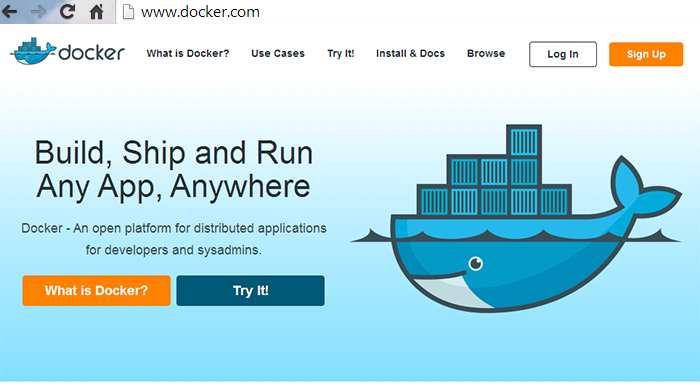 AT&T has added Alcatel-Lucent and Fujitsu Network Communications to its User-Defined Network Cloud program, which aims to transform not only the company's infrastructure but how AT&T does business.
AT&T has added Alcatel-Lucent and Fujitsu Network Communications to its User-Defined Network Cloud program, which aims to transform not only the company's infrastructure but how AT&T does business.The User-Defined Network Cloud will place customers at the center of the network with a modern, cloud-based architecture.
“The architecture and deployment teams are finalizing their planned introduction of this new architecture, which we expect to roll out later this year and early 2015,” said Tim Harden, president, AT&T Supply Chain. “We look forward to collaborating with Fujitsu and Alcatel-Lucent to achieve our next-generation network.”
AT&T also said that it anticipates announcing its next round of vendors to assist with this network deployment in the next few weeks. The company is not revising its previously announced capital expenditure as a result of this announcement. However, in the next five years, AT&T expects the User-Defined Network Cloud program to reflect a downward bias toward capital spending.
http://about.att.com/story/att_expands_its_user_defined_network_cloud_program_by_adding_alcatel_lucent_and_fujitsu.html
- In April, AT&T named Amdocs and Juniper Networks as two additional vendors in its User-Defined Network Cloud program.
- In February 2014, AT&T outlined its vision of a User-Defined Network Cloud that is open, simple, scalable and able to perform many functions.
Speaking at Mobile World Congress in Barcelona, John Donovan, senior executive vice president of AT&T technology and network operations, said it envisions a multi-service, multi-tenant platform capable of adapting to traffic demands dynamically. The end goal is to spur innovation by making it easier to adapt the network for new services.
AT&T's Domain 2.0 supplier program, which will was announced in September 2013, will use these principles to build this new architecture based on Network Functions Virtualization (NFV) and Software Defined Networking (SDN).
AT&T also announced the first group of companies selected to work on the company’s strategy. Ericsson, Tail-F Systems, and Metaswitch Networks have been selected to begin further discussions on design and deployment. AT&T also selected Affirmed Networks to work on a virtualized Evolved Packet Core (EPC). Ericsson will also work on integration and transformation services. Further selections will take place through the end of 2014.



















